The list has been arranged according to historical periods bookmarked by major “ruptures” in Indonesian history. There’s Indonesia’s declaration of independence in 1945 that started up the War of Independence against the returning Dutch troops, the 1965-66 mass killings of Indonesian communists that ushered in the bloody reign of Suharto’s “Orde Baru” (New Order) and the fall of the regime in the 1998 Reformasi.
Some of these books discuss more than one specific historical period of course – the timelines can get a little messy – but we try to give you titles that have very important things to say about each phase of Indonesia’s history.
Let’s start reading Indonesia!
Pre-independence (before 1945):
Before Indonesia there was Nusantara, an archipelago of different ethnic communities loosely connected for nearly 300 years by the spice trade, Melayu Pasar (Market Malay) lingua franca and war. The “national awakening,” narrated in Pramoedya Ananta Toer’s “Buru Quartet” novels and analyzed in Ben Anderson’s “Imagined Communities,” didn’t come until the early twentieth century.
1. Nathaniel’s Nutmeg: Or, the True and Incredible Adventures of the Spice Trader Who Changed the Course of History by Giles Milton (2000)
A chronicle of the “Spice Race” between the maritime powers of Europe 400 years ago. It records the entry of the Dutch and English East India Companies to our Spice Islands to control the spice trade – and the ruthless violence that came with it.
Get the book from Amazon
2. Jakarta: Sejarah 400 Tahun (Jakarta: A History) by Susan Blackburn (1987)

Banned by the Orde Baru government as soon as it was published in 1987, this book argues that successive governments have for centuries tried to turn Jakarta, the once “Queen of the East,” into a playground for the rich. Sound familiar?
Get the book from Komunitas Bambu
3. A History of Modern Indonesia by Adrian Vickers (2005)
Indonesian history since the early twentieth century when it was still under Dutch control peppered with the writings, thoughts and personal anecdotes of Pramoedya Ananta Toer. A serious academic work that offers a personal understanding of the country’s modern origins.
Get the book from Book Depository
4. Riwayat Tionghoa Peranakan di Jawa (The History of Peranakan Chinese in Java) by Ong Hok Ham (2005)

A collection of articles on Peranakan Chinese by the great historian published in the defunct Star Weekly magazine from 1958 to 1960. It offers both a wide and detailed view of the descendants of Chinese immigrants in Java – including Ong Hok Ham himself – since 1750.
Get the book from Komunitas Bambu
5. Buru Quartet by Pramoedya Ananta Toer (1980)

Composed in the Buru Island prison, the epic four-part novel is inspired by the life of pioneering journalist Tirto Adhi Soerjo and provides an overview of a colonial society (the word “Indonesia” is never mentioned in the novel), and the emergence of its “national awakening.”
Get the complete set from Book Depository
6. Madilog by Tan Malaka (1943)

The title is an acronym for Materialism, Dialectics, Logic – written by the staunch critic of the Dutch colonial government while in hiding during the Japanese occupation. The political outsider is credited with linking the international communist movement with Southeast Asia’s anti-colonial movements.
7. Imagined Communities: Reflections on the Origin and Spread of Nationalism by Ben Anderson (1983)
A classic analysis of nationalism that has been translated into 29 languages, it uses modern Indonesia as a “fine, painful example… of anti-colonial nationalisms being born.” Here, the book has become a classic text on the genesis of Indonesian nationalism during the later decades of Dutch colonial rule.
Get the book from Verso
8. Etika Jawa (Javanese Ethics) by Franz Magnis-Suseno (1983)
The philosopher’s magnum opus offers an analysis of the “Javanese Ethics” as a concrete moral system. Staying away from generalized statements, the book speaks of “the Javanese” as a cultural structure that informs the life of a multidimensional society. It may also help you to understand Indonesian bureaucracy.
9. Aku Ini Binatang Jalang (I Am a Wild Animal) by Chairil Anwar (collection published in 1985)

The collected works of the greatest Indonesian poet (including his personal letters). The country’s first true Modernist was the best poet of his “Generation 45,” a group of young authors with fresh voices emerging after the Second World War. “Aku ini binatang jalang” has become a catchphrase for many struggling young poets after him.
Get the book from Gramedia
Post-Independence (1945)-1965:
A time of decolonization when, after a brief but bloody National Revolution, Indonesia tried to assert itself as a “non-aligned” power on the global stage, culminating in the Asia-Africa Conference in Bandung in 1955 and the Games of New Emerging Forces – Indonesia’s own Olympics – that the Bandung anti-colonial spirit inspired in 1963. It ended in a bloodbath though when Indonesia, not for the first time in its history, fell victim to geopolitics (this time to the Cold War) and between half a million and three million communists (by various estimations) were slaughtered as the US tightened its grip on Southeast Asia.
1. Di Bawah Bendera Revolusi (Under the Flags of the Revolution) by Soekarno (1959)

Part memoir, part political treatise, the three-volume tome offers the best distillation of the personal and political philosophy of Indonesia’s feisty founding father and first president. Sample chapter titles: “Where Is Your Fist?” “Am I Not Dynamic Enough?” “Give Meaning to Your Life!” “Never Forget Your History.”
2. Konferensi Asia-Afrika, 1955: Asal-Usul Intelektual dan Warisannya Bagi Gerakan Global Antiimperialisme (The 1955 Asia-Africa Conference: Its Intellectual Origins and Legacies for the Global Anti-imperialist Movement) by Wildan Sena Utama (2017)

A critical and comprehensive study on anti-colonial and anti-imperialist movements in Asia and Africa in the early twentieth century that gave rise to decolonization and the Asia-Africa Conference in Bandung in 1955. Using primary sources, the book put Indonesia back in the map of twentieth century history.
Get the book from Marjin Kiri
3. Pretext for Mass Murder: The September 30th Movement and Suharto’s Coup d’État in Indonesia by John Roosa (2006)

A must-read for students of modern Indonesian history – and for anyone interested in political violence, the role of the military in politics and US foreign policy – the book delves into the mystery behind the “30th September Movement” and how this enabling myth of Suharto’s repressive regime was created.
Get the book from University of Wisconsin Press
Post-1965:
The specter of communism became the “enabling myth” of Suharto’s New Order. The state became obsessed with controlling its citizens through soft power, including by constructing a “prim and proper” archetype of an Indonesian woman for everyone to emulate (including men, see Julia Suryakusuma’s “State Ibuism”) and mechanizing the once earthy and volatile Indonesian language with “Ejaan Yang Disempurnakan” (Perfected Spelling). There was economic progress, but much of it turned out to be a bubble prevented from bursting by cronyism, as the Asian financial crisis of 1997 cruelly exposed.
1. Kekerasan Budaya Pasca 1965: Bagaimana Order Baru Meligitimasi Anti-Komunisme Melalui Sastra dan Film (Post-1965 Cultural Violence: How the New Order Legitimized Anti-Communism Through Literature and Film) by Wijaya Herlambang (2013)

The book exposes the New Order regime’s attempt to use cultural products (and their cultural “agents”) to legitimize the 1965-66 mass killings of Indonesian communists, and to distort the history of leftist movements in Indonesia by creating an image of them as “the Devil’s ideologues.”
Get the book from Marjin Kiri
2. Catatan Seorang Demonstran (Diary of a Protester) by Soe Hok Gie (1983)
A famous memoir by the legendary 1960s student activist who tragically died at 26 while climbing Mount Semeru. The book became a bible for student demonstrators in the 1980s and 1990s. The 2005 biopic “Gie” by Riri Riza was based on passages from the book.
Get the book from LP3S
3. Ronggeng Dukuh Paruk (The Dancer) by Ahmad Tohari (1982)
Political turmoil and human tragedy in the aftermath of the 1965-66 mass killings of Indonesian communists provide the historical backdrop for a tragic love story involving a “ronggeng,” traditional erotic dancers from Central Java. Originally published as a trilogy, the novel was adapted into film as “Sang Penari” in 2011.
Get the book from Gramedia
4. State Ibuism: The Social Construction of Womanhood in New Order Indonesia by Julia Suryakusuma (1988)

A feminist critique on how the New Order regime constructed a “prim and proper” image of Indonesian women – through domesticated organizations such as the PKK and Dharma Wanita – as an archetype for all Indonesian citizens to follow. In other words, to repress everyone into obedience.
Get the book from Gerakbudaya
5. PUTIH: Warna Kulit, Ras, dan Kecantikan di Indonesia Transnasional (Seeing Beauty, Sensing Race in Transnational Indonesia) by L. Ayu Saraswati (2013)
The book rethinks how feelings and emotions and Indonesian notions such as rasa and malu shape the “emotionscape” of white beauty in Indonesia. Includes analyses of the epic poem “Ramayana,” archival materials, magazine advertisements, commercial products and interviews with Indonesian women.
Get the book from Marjin Kiri
6. Aku Ingin Jadi Peluru (I Want to Become a Bullet) by Wiji Thukul (2000)

The collected works of the late “penyair pelo” (“the poet with a lisp”) whose whereabouts are still unknown, likely “disappeared” for his political activities by New Order authorities. Wiji’s protest poetry depicted in great details the lives of “oppressed people like me.” His tragic life was turned into the biopic “Istirahatlah Kata-Kata” (“Solo, Solitude”) in 2016.
Get the book from Gerakbudaya
7. Bre-X: Sebungkah Emas di Kaki Pelangi (Bre-X: A Pot of Gold at the End of a Rainbow) by Bondan Winarno (1997)
One of the finest pieces of investigative journalism from Indonesia by the late journalist, writer and culinary activist Bondan Winarno. It’s a no-holds-barred exposé of a mining hoax – the supposed discovery of the world’s biggest gold reserve in Busang, East Kalimantan – that involved New Order cronies, a stock market bubble and a faked suicide.
8. The Indonesian Economy by Hal Hill (2002)
Comprehensive analysis of Indonesia’s economic successes – rapid industrialization, outward-looking policies – from 1967 to 1996. The revised edition takes the story through the dramatic turnaround and political and economic crises since 1997, including the downfall of New Order dictator Suharto.
Get the book from Cambridge University Press
Post-1998 Reformasi:
The 1997 Asian financial crisis finished off Suharto’s New Order. Indonesia entered the Reformasi era on the back of more violence, this time against its ethnic Chinese minority, as Rani Pramesti’s graphic novel about the mass rapes and killings of Chinese women during the May 1998 Jakarta riot solemnly reminded us. In the euphoria of Reformasi, Indonesians expected progress, but hopes were quickly dashed as old oligarchies reasserted themselves and a wave of sectarian violence, and then terrorist attacks – blamed on radicalized Muslims – engulfed the country as it took a turn to the right, a reality often reflected in the fiction and poetry produced by a new wave of writers.
1. Unfinished Nation: Indonesia Before and After Soeharto by Max Lane (2008)

Going against the grain of most “Indonesianist” books, Max Lane argues that massive political transformations in Indonesia were often directed by small resistance groups, and that the country’s real heroes were the Indonesian workers and peasants whose sustained mass direct action toppled Suharto’s New Order, one of the most enduring dictatorships of modern times.
Get the book from Verso
2. Laskar Pemimpi: Andrea Hirata, Pembacanya, dan Modernisasi Indonesia (The Dreamers’ Troops: Andrea Hirata, His Readers and Modernization in Indonesia) by Nurhady Sirimorok (2008)

A rare critique of Laskar Pelangi (the book and the phenomenon), laying bare the developmentalist and self-help fantasies that fuel it by exposing the socio-cultural and historical constructions that allowed it to happen. Also a great j’accuse against the “virus of modernity” before the age of Instagram.
Get the book from Insist Press
3. Rakyat Miskin Kota Menulis Riwayatnya Sendiri (The Urban Poor Write Their Own Stories) by Sampan, Nenek Della, Giman, Saimah, Rasdullah, Sri (2002)



A gem of a book. A collection of hand-written and hand-drawn memoirs by long-time residents of Jakarta’s kampung. The most heartbreaking thing about the stories: almost all of them are bookmarked by tragic, needless incidents – a fire, a road accident, a murder.
4. Piety and Public Opinion: Understanding Indonesian Islam by Thomas B. Pepinsky, R. William Liddle, Saiful Mujani (2018)
There are complex and subtle links between religion and political beliefs in Indonesia’s Muslim democracy. The book offers a fresh new perspective on the issues, based on the simple fact that the answers to these questions depend on what ordinary Muslims think and do.
Get the book from Oxford University Press
5. Tarian Bumi (Earth Dance) by Oka Rusmini (2000)

A “marrying up, marrying down” story of four generations of women living within the tight spatial and psychological boundaries of a walled family compound in a Balinese village. The women struggle with demands from the Hindu caste system and the desire to liberate themselves from them.
Get the book from Gramedia
6. Cantik Itu Luka (Beauty is a Wound) by Eka Kurniawan (2002)

Drawing inspirations from as far afield as Abdullah Harahap’s horror fiction dime novels and Don Quixote, this novel subtly critiques the possibility of a historical fiction of Indonesia. Published by the prestigious New Directions in the US, “Beauty is a Wound” is one of The New York Times’ 100 Notable Books of 2015 and has been translated into 34 languages.
Get the book from Gramedia
7. Gentayangan: Pilih Sendiri Petualangan Sepatu Merahmu (The Wandering: Choose Your Own Red Shoes Adventure) by Intan Paramaditha (2017)

“Gentayangan” is now signed to UK publishing company Harvill Secker for publication in UK and Commonwealth countries. The author’s international recognition has been due to her fierce and unconventional fiction. In “Gentayangan,” Intan sides with women who dare to ask questions, resist and transgress in an increasingly conservative Indonesia: “Good girls go to heaven, bad girls wander everywhere.”
Get the book from Gramedia
8. Sergius Mencari Bacchus (Sergius Seeks Bacchus) by Norman Erikson Pasaribu (2016)

Norman Erikson Pasaribu’s “Sergius Seeks Bacchus” is a bold work of queer poetry that challenges many conventions of Indonesian literature. The collection is a winner of a 2018 PEN Translates award. The English translation, by Tiffany Tsao, is forthcoming from Tilted Axis in the UK.
Get the book from Gramedia
9. Chinese Whispers by Rani Pramesti (2018)

Started out as an art installation in Melbourne in 2014, this graphic novel, currently only available as an e-book at www.thechinesewhispers.com, uncovers the mass rapes and killings of Chinese-Indonesian women during the May 1998 riot in Jakarta. “May 1998 is in our bodies, whether we’re conscious of it or not,” Rani said.
10. Indonesia, Etc.: Exploring the Improbable Nation by Elizabeth Pisani (2015)
The book is a rollicking read and gets extra brownie points for venturing out into Indonesia’s outer islands (Sumba, Kei, Timor). Written by a former journalist, it suffers from clichés and generalizations that may hide an Orientalistic streak, but does provide a good introduction to the et ceteras of this country.
Get the book from Amazon
Henri Daros
Ende, 7/9/2018
 Presiden Jokowi mengumumkan nama-nama menteri kabinet 2019 – 2024
Presiden Jokowi mengumumkan nama-nama menteri kabinet 2019 – 2024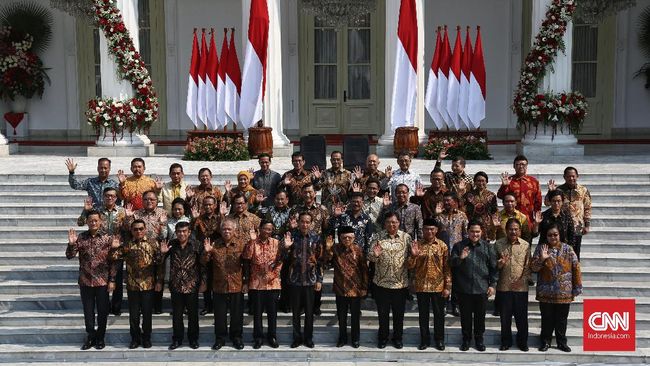

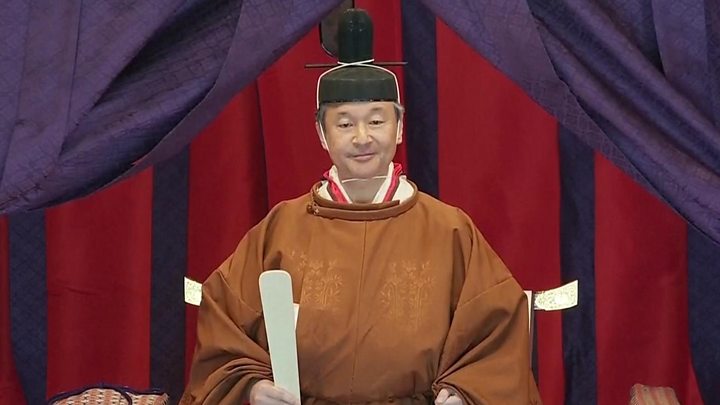
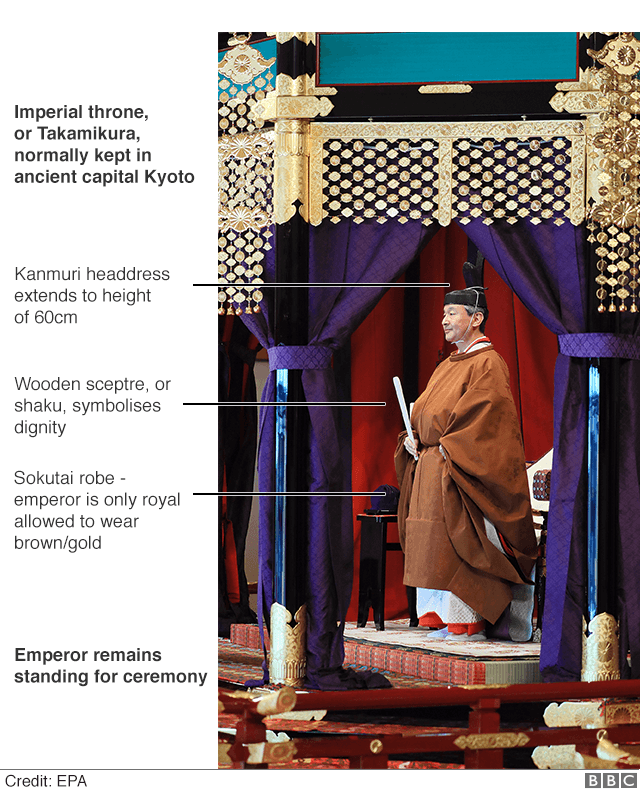

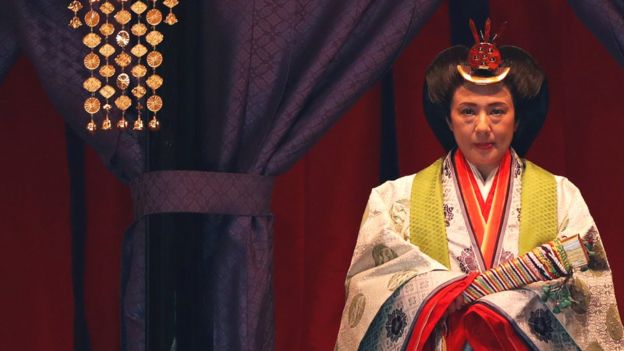
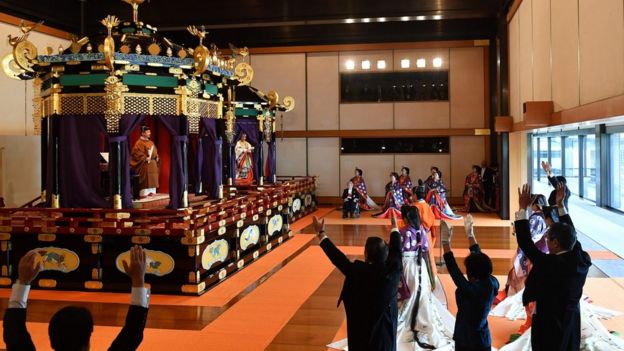
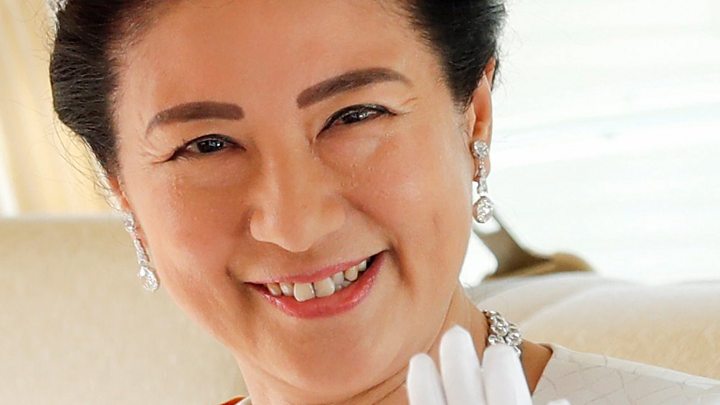





 These books will help you make sense of Indonesia (JG Photo/Iman)
These books will help you make sense of Indonesia (JG Photo/Iman)

































